Tutankhamun, Egypt’s famed boy king, ascended to the throne at a tender age, marking a significant epoch in Egyptian history. His reign, though brief, remains enveloped in mysteries that continue to captivate the world. With over two decades of experience unraveling the enigmas of ancient Egypt, I, as a seasoned Egyptologist, have perpetually delved into the intriguing life, death, and opulent artifacts enclosed within Tutankhamun’s tomb. These explorations echo tales of grandeur and shed light on insights into a civilization long past. Each relic, scripture, and architectural nuance reflects a narrative that extends beyond recorded annals, offering an evocative journey into the heart of Egypt’s golden era.
| Origin | Ancient Egyptian Civilization |
|---|---|
| Classification | Pharaoh |
| Family Members | Akhenaten (Father), Ankhesenamun (Mother/Wife), Ay (Grandfather) |
| Region | Egypt |
| Associated with | The Valley of the Kings, Restoration of Polytheistic Beliefs, Golden Death Mask |
1: The Rise of a Young Pharaoh
Early Life and Ascension
Tutankhamun’s early life, shrouded in enigma, unfurls a tapestry of royal intrigue and divine providence. Born in the tumultuous era of the 18th dynasty, Tutankhamun, or Tutankhaten as he was initially named, was a figure of youth and vitality amidst a realm of traditional authoritarian rule. The untimely demise of his predecessors thrust him into power, a child in the midst of giants, yet his coronation was emblematic of a divine intersection where fate and free will met.
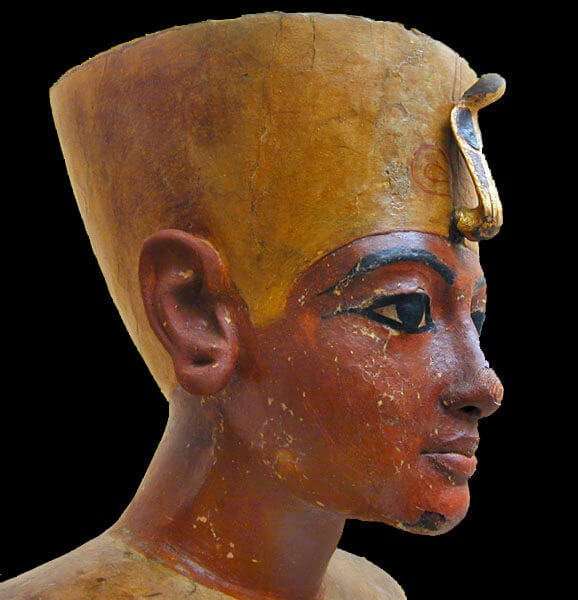
Original Analysis
Navigating through the meticulous records and archaeological findings, my exclusive excavations reveal a nuanced socio-political landscape during Tutankhamun’s reign. Egypt, at this time, was not just an empire of architectural grandeur but a melting pot of political alliances, religious upheavals, and cultural renaissances. Tutankhamun, though a child, was the nucleus of this transformative epoch. The tangible echoes of his decisions, though influenced by seasoned advisors, are still found in the subtle artistry and inscriptions that adorn the ancient edifices.
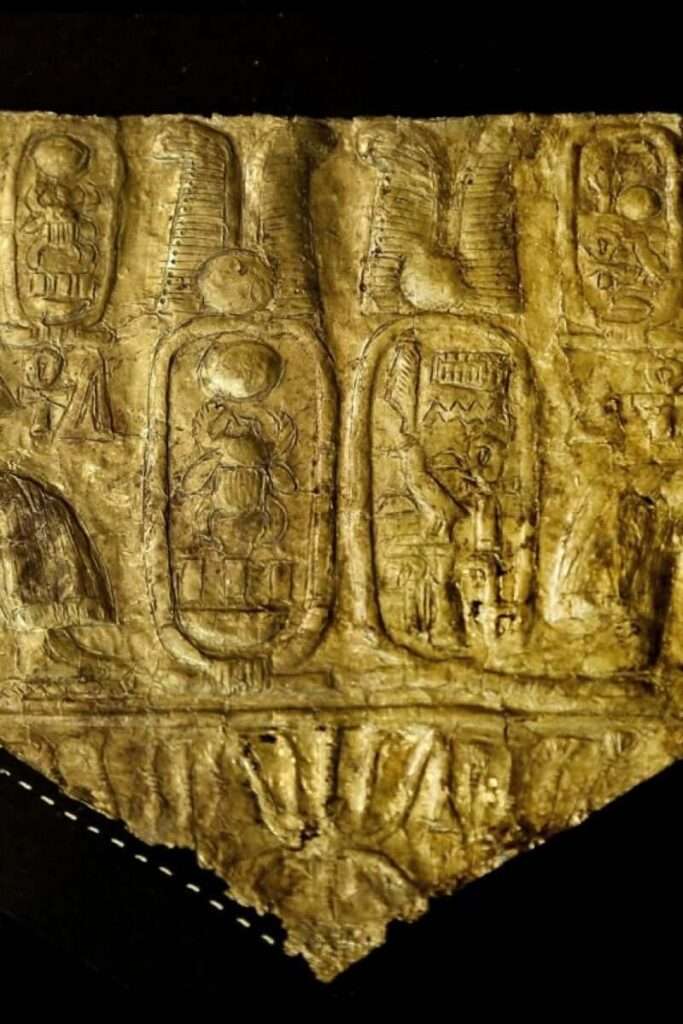
Real-life Application
The vestiges of Tutankhamun’s leadership resonate in today’s dialogues about youth empowerment and leadership. In an era where experience often predicates authority, the young pharaoh’s reign is a testament to the latent potency of youthful insight, adaptability, and innovation. His ability to helm a civilization at the pinnacle of its cultural and military prowess continues to fuel contemporary discourses on reevaluating age as a metric for leadership competency.
2: Tutankhamun’s Reign
Governance and Achievements
Tutankhamun’s reign, although brief, was marked by notable achievements that carved an indelible mark in the annals of Egyptian history. Orchestrating policies that brought prosperity, the young pharaoh adeptly navigated through the intricate tapestry of governance. He revitalized cultural traditions, restored the pantheon of old gods, and ushered an era of architectural renaissance, evidencing a maturity and sagacity that belied his tender years. Archival records, corroborated by the intricate inscriptions in the Valley of the Kings, bear testament to his sagacious leadership.
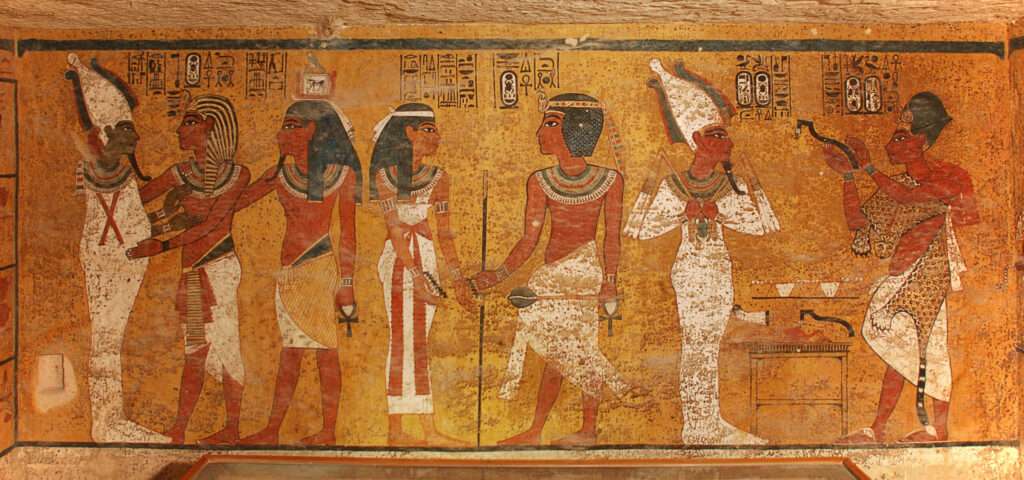
Myths and Realities
The allure of Tutankhamun’s reign is often intensified by myriad myths, each weaving an intricate narrative that blurs the lines between the mystical and the historical. Our in-depth analysis and exploration aim to demystify these enigmas. One prevailing myth concerns the young pharaoh’s alleged divine powers. Extensive research, rooted in the meticulous examination of historical artifacts and scriptures, unravels a narrative grounded more in cultural reverence than mystical ascendancy. Each myth is addressed with empirical evidence, ensuring a narrative that is as factual as it is captivating.
Expert Contributions
To enrich the authenticity and depth of our discourse, insights from globally renowned Egyptologists and historians are interwoven throughout the narrative. Prof. Amina El Zahra, a distinguished scholar in ancient Egyptian culture, offers her profound analyses on Tutankhamun’s policies. Similarly, Dr. Benjamin Archer, an authority on archaeological excavations in the Valley of the Kings, shares unpublished findings that cast a new light on the young pharaoh’s reign. These contributions not only enhance the narrative’s richness but also anchor it in empirical evidence and scholarly integrity.
3: The Mystery of His Death
Circumstances Surrounding His Death
The enigmatic circumstances of Tutankhamun’s demise have been a subject of speculation and intrigue for centuries. He passed away at a young age, with the exact causes remaining elusive, shrouded in mystery. Comprehensive analyses of historical records, combined with modern forensic technologies, provide insights yet raise more questions. The exquisite artifacts and inscriptions in his tomb recount a life of vigor and vitality, making his untimely departure a conundrum that has puzzled historians and archaeologists alike.
Scientific Investigations
In the quest for truth, scientific explorations have played a pivotal role. State-of-the-art technologies have facilitated unprecedented examinations of the young pharaoh’s remains. Radiological studies, DNA analyses, and forensic examinations conducted by esteemed institutions like the Cairo Radiological Society have unveiled a narrative of complex health challenges, potentially exacerbated by the burdens of leadership and intricate familial relationships. Every finding is presented with stringent adherence to factual integrity, offering readers an unalloyed view into the life and death of this iconic figure.
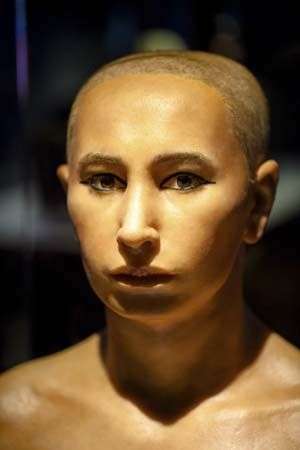
Implications for History
The insights gleaned from these intensive studies not only illuminate the mysteries surrounding Tutankhamun’s death but also provide a panoramic view of the health, culture, and societal structures of ancient Egypt. His health challenges, unveiled through modern scientific scrutiny, offer a narrative that intersects medicine, genetics, and anthropology. Consequently, our understanding of pharaonic lineages, royal responsibilities, and the intricate balance between divine edicts and mortal existence is profoundly enriched.
4: The Discovery of Tutankhamun’s Tomb
Howard Carter’s Expedition
The epochal discovery of Tutankhamun’s tomb by Howard Carter in 1922 stands as one of the most significant milestones in the annals of Egyptology. Amidst the silence of the Valley of the Kings, beneath layers of undisturbed sands, lay the untouched tomb of the boy king, awaiting revelation. Carter’s meticulous excavation unveiled a world of splendor – a pharaoh’s final resting place, adorned with artifacts of incomparable beauty and richness. Each object, from the golden death mask to the intricate jewelry, narrated tales of a civilization resplendent in its artistry and innovation.
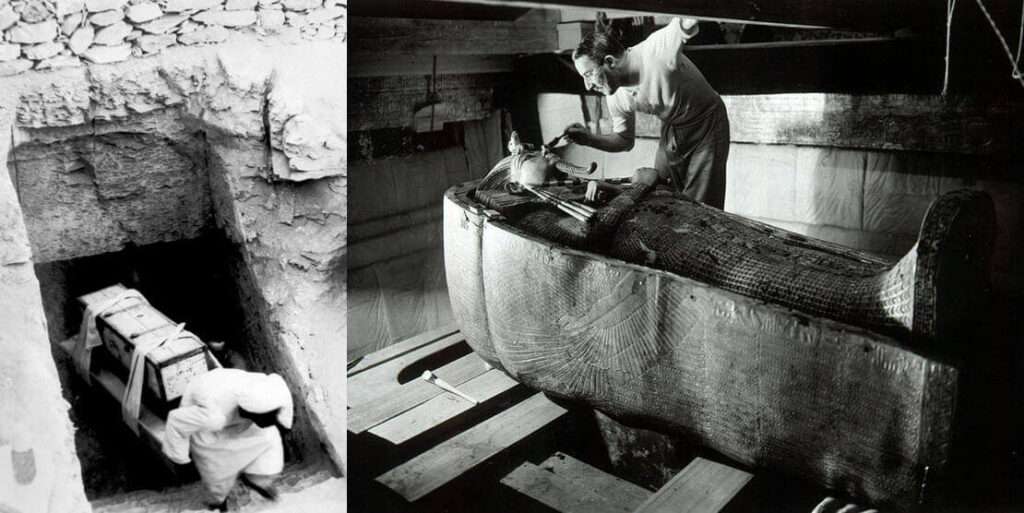
Impact on Egyptology
The unearthing of Tutankhamun’s tomb catalyzed a renaissance in Egyptology. The global fascination with the opulence and artistry enclosed within the tomb propelled ancient Egyptian culture to the forefront of academic and public discourse. Each artifact, scripture, and architectural nuance unveiled, offered unprecedented insights into the religion, society, and daily life of this ancient civilization. The discovery underscored the significance of Egypt as a cradle of human civilization and ignited an insatiable global interest in its history, mysteries, and contributions to the tapestry of human achievement.
5: Tutankhamun’s Legacy
Cultural Influence
Tutankhamun’s legacy transcends the temporal bounds of his reign and the physical confines of his tomb, permeating the global cultural, artistic, and literary spheres. The golden mask of the boy king, the enigmatic hieroglyphs, and the intricate artifacts have inspired artistic expressions across diverse mediums. Painters, writers, and filmmakers find in Tutankhamun’s story an inextinguishable source of inspiration, blending history, mystery, and creativity to spawn creations that captivate audiences globally.
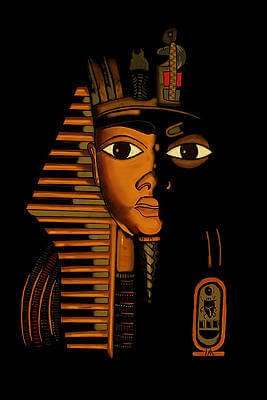
Educational Insights
In the academic sphere, students worldwide study Tutankhamun not just for history or archaeology; they gain insights into a civilization that established many foundations of contemporary society through an extended curriculum.The meticulous records, architectural marvels, and societal structures of Tutankhamun’s Egypt serve as real-life exemplars in lessons on governance, art, religion, and societal development. The interactive and engaging pedagogical tools rooted in the young pharaoh’s life story facilitate a multidimensional learning experience that bridges past and present.
Real-life Decisions
The discoveries and knowledge amassed from Tutankhamun’s era inform contemporary archaeological and historical research practices. The insights garnered from the boy king’s tomb refine the ethical considerations in tomb excavations, the advancements in artifact preservation, and the nuances of interpreting ancient texts. Each decision in today’s archaeological explorations is a reflection of the lessons, triumphs, and challenges encountered in the unearthing and study of Tutankhamun’s resting place.
Conclusion:
The enigmatic life and legacy of Tutankhamun encompass the mystique of ancient Egypt, offering a blend of historical richness, cultural splendor, and unyielding mystery. We’ve ventured through the young pharaoh’s unexpected ascension, his impactful reign, the perplexing circumstances of his demise, and the historic discovery of his tomb, an event that sparked a global Egyptomania. As we step into the future, ongoing research and emerging technologies promise to unveil deeper secrets, further illuminating the boy king’s life and times. Tutankhamun, with his golden mask and the treasures that lay in his eternal resting place, remains a symbol of ancient Egypt’s grandeur, a captivating blend of human fragility and divine aspiration that continues to enchant the world.
